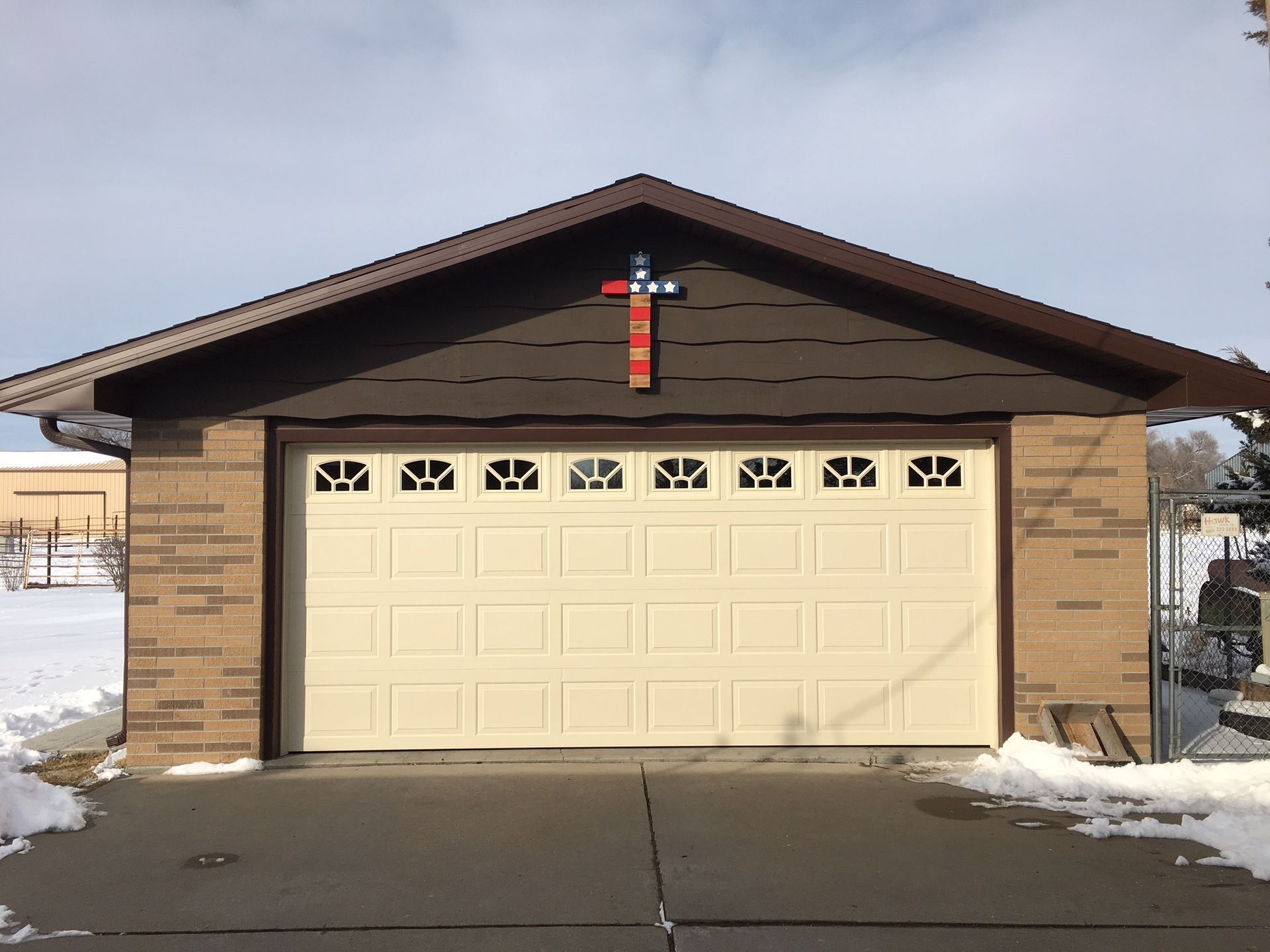Your overhead door does more than just provide entry and exit; it protects your home, keeps energy costs down, and adds value. But like any mechanical system, it needs maintenance. Ignoring subtle issues can lead to costly repairs—or worse, a door that fails completely. Let’s explore the top 5 signs your overhead door might need repair and why addressing issues promptly is essential.
Strange Sounds from Your Garage Door
Does your overhead door creak, grind, or screech? These sounds are not just annoying—they’re a warning sign. Unusual noises can indicate issues with the door’s torsion springs, tracks, or opener system. Left unchecked, these small problems can snowball into serious breakdowns.
2. Slow Response Time
If your overhead door takes its sweet time open or close, it might be due to worn-out components or problems with the system. A door that hesitates could pose a safety risk, especially if it malfunctions while in use. Timely intervention can get it back to working efficiently.
When Your Door Isn’t Level
Have you noticed uneven or sagging sections in your overhead door? This is often a sign of compromised stability or problems with the springs. Beyond being unattractive, sagging can compromise your door’s security and efficiency.
Higher Utility Costs?
A poorly fitted or damaged overhead door can cause drafts, making your HVAC system struggle to maintain temperatures. If you’ve noticed your energy bills rising unexpectedly, your garage door could be the culprit. Fixing your door can help lower costs in the long run.
When Cosmetic Issues Become Functional Problems
Dents, splits, or corrosion are clear indicators that your overhead door has seen better days. While some damage might appear minor, it can weaken the door’s integrity and make it more susceptible to malfunctions. Addressing these issues without delay is essential for safety and functionality.
